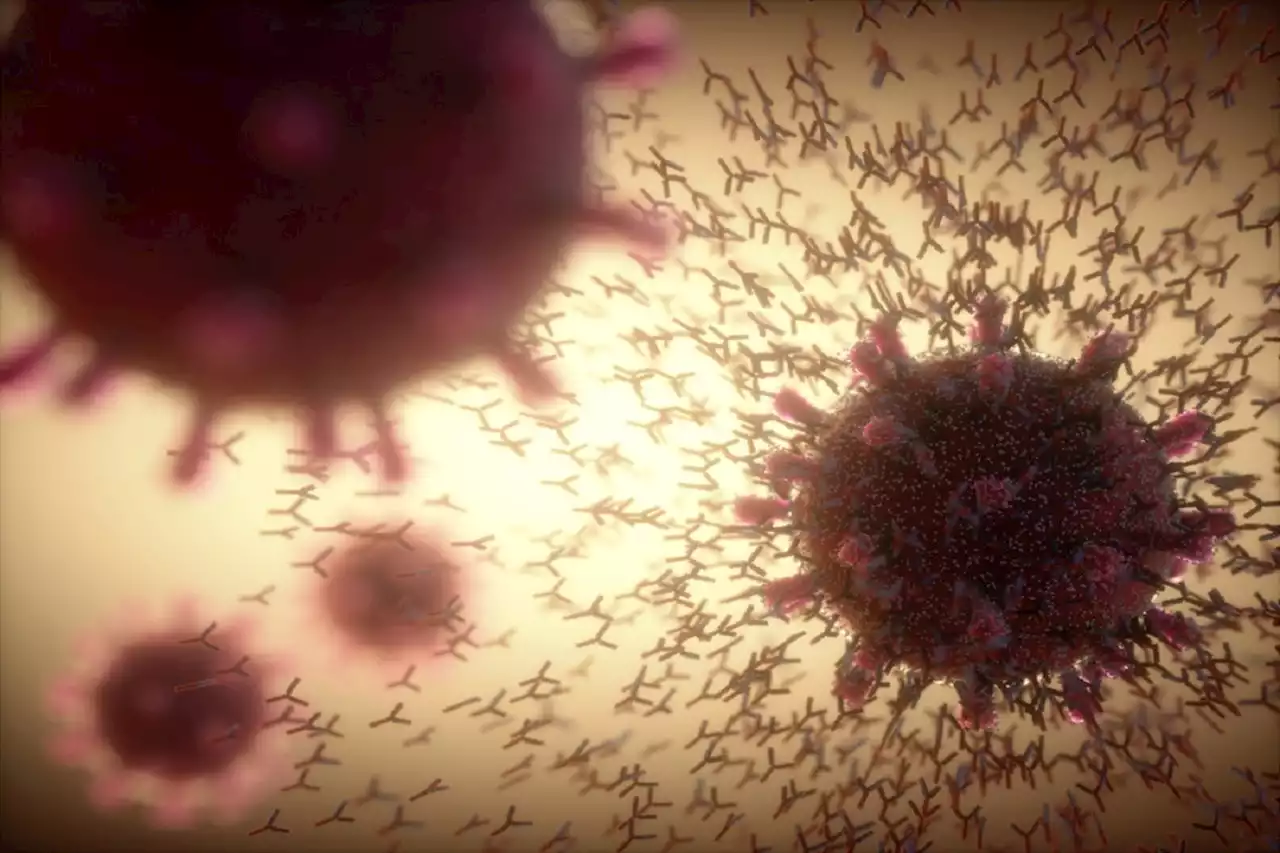The kinetics of SARS-CoV-2 nucleocapsid antibodies up to 21 months after infection EIDjournal CDCgov MassGeneralNews harvardmed HHI SARSCoV2 COVID19 coronavirus covid infection antibodies
By Tarun Sai LomteJul 28 2022Reviewed by Danielle Ellis, B.Sc. In a recent study published in Emerging Infectious Diseases, researchers found significant seroreversion of total anti-nucleocapsid immunoglobulin.
About the study In the current study, researchers quantified antibodies against SARS-CoV-2 nucleocapsid among healthcare workers in the United States . Nucleocapsid antibodies act as markers for prior SARS-CoV-2 infection even in the vaccinated population. Over 2300 Brigham and Women’s Hospital employees were included in a longitudinal cohort study between April 28 and September 30, 2020.
Results Related Stories125 participants were positive for antibodies against SARS-CoV-2 nucleocapsid between April 2020 and January 2021, when the wild-type virus was predominantly circulating. Of these, 110 subjects, who had one or more samples after the first seropositive sample, were included in the study. Most participants were females and White ; the median age was 33, with a median body mass index of 24 kg/mm2.
United Kingdom Latest News, United Kingdom Headlines
Similar News:You can also read news stories similar to this one that we have collected from other news sources.
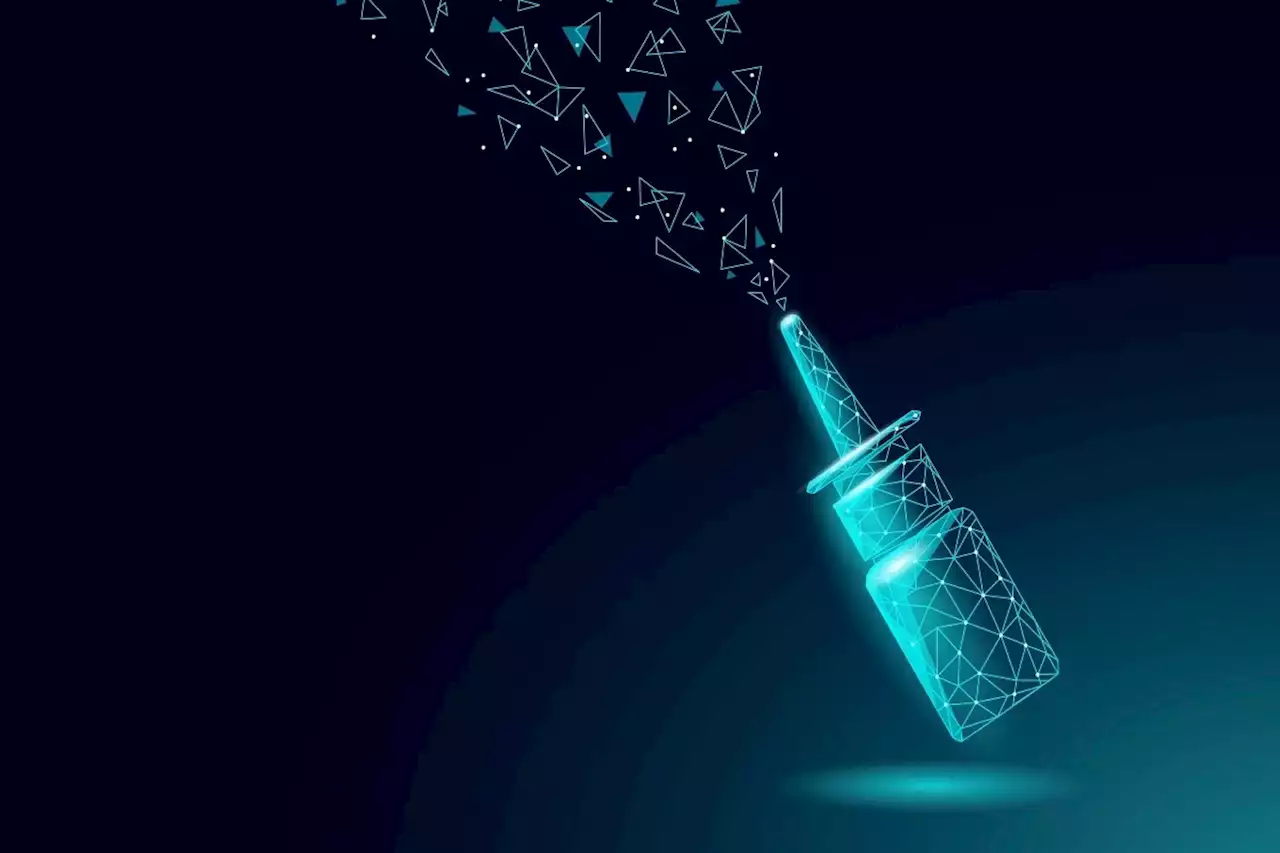 Nasal spray highly effective against HIV and SARS-CoV-2 in animal modelsNasal spray highly effective against HIV and SARS-CoV-2 in animal models HIV NasalSpray SARSCoV2 Coronavirus Disease COVID ScienceTM kochinstitute MIT harvardmed
Nasal spray highly effective against HIV and SARS-CoV-2 in animal modelsNasal spray highly effective against HIV and SARS-CoV-2 in animal models HIV NasalSpray SARSCoV2 Coronavirus Disease COVID ScienceTM kochinstitute MIT harvardmed
Read more »
 Study describes county-to-county SARS-CoV-2 transmission in MinnesotaStudy describes county-to-county SARS-CoV-2 transmission in Minnesota medrxivpreprint ASU SARSCoV2 COVID19 Transmission Pandemic
Study describes county-to-county SARS-CoV-2 transmission in MinnesotaStudy describes county-to-county SARS-CoV-2 transmission in Minnesota medrxivpreprint ASU SARSCoV2 COVID19 Transmission Pandemic
Read more »
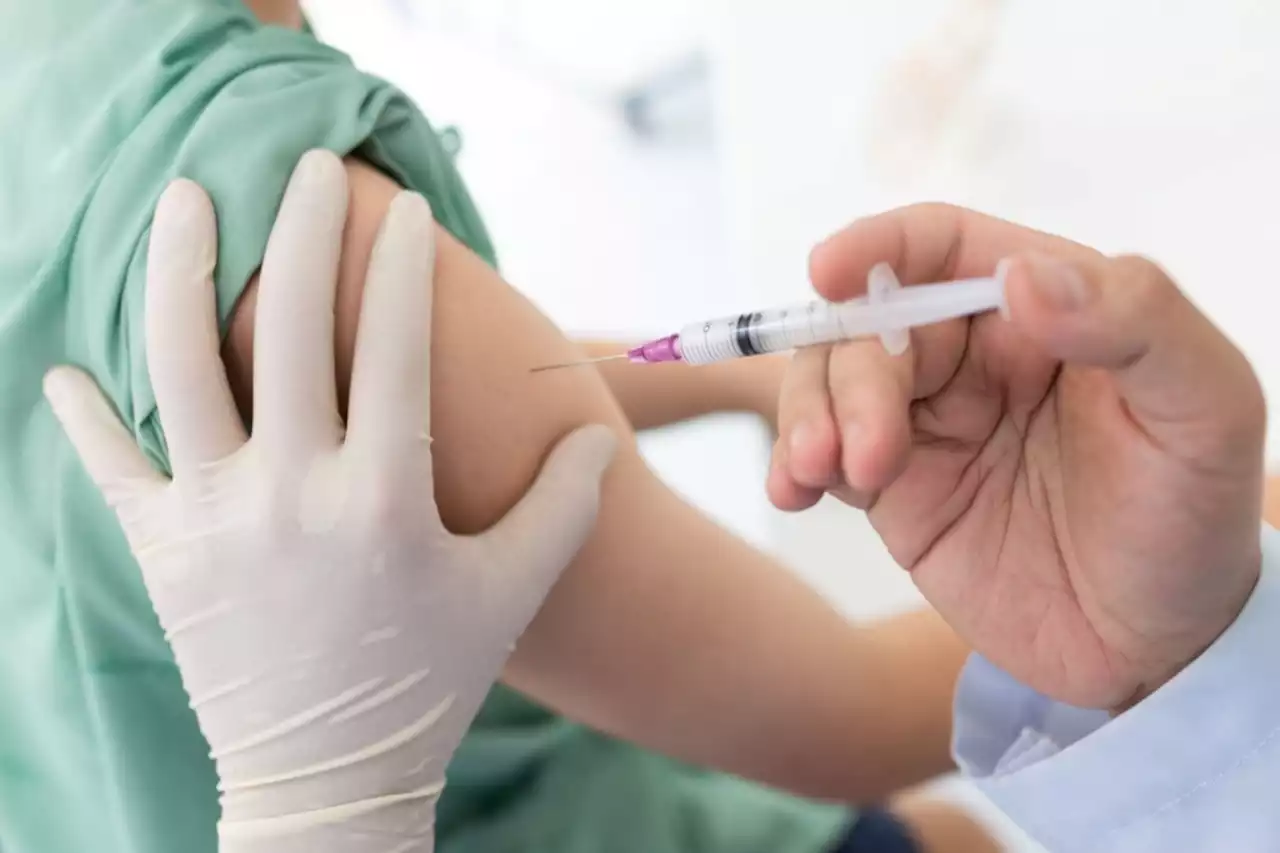 How has vaccination shaped the global evolutionary trajectory of SARS-CoV-2?In a new study, researchers developed a maximum likelihood model to capture severe acute respiratory syndrome coronavirus 2 evolutionary dynamics in multiple geographical regions.
How has vaccination shaped the global evolutionary trajectory of SARS-CoV-2?In a new study, researchers developed a maximum likelihood model to capture severe acute respiratory syndrome coronavirus 2 evolutionary dynamics in multiple geographical regions.
Read more »
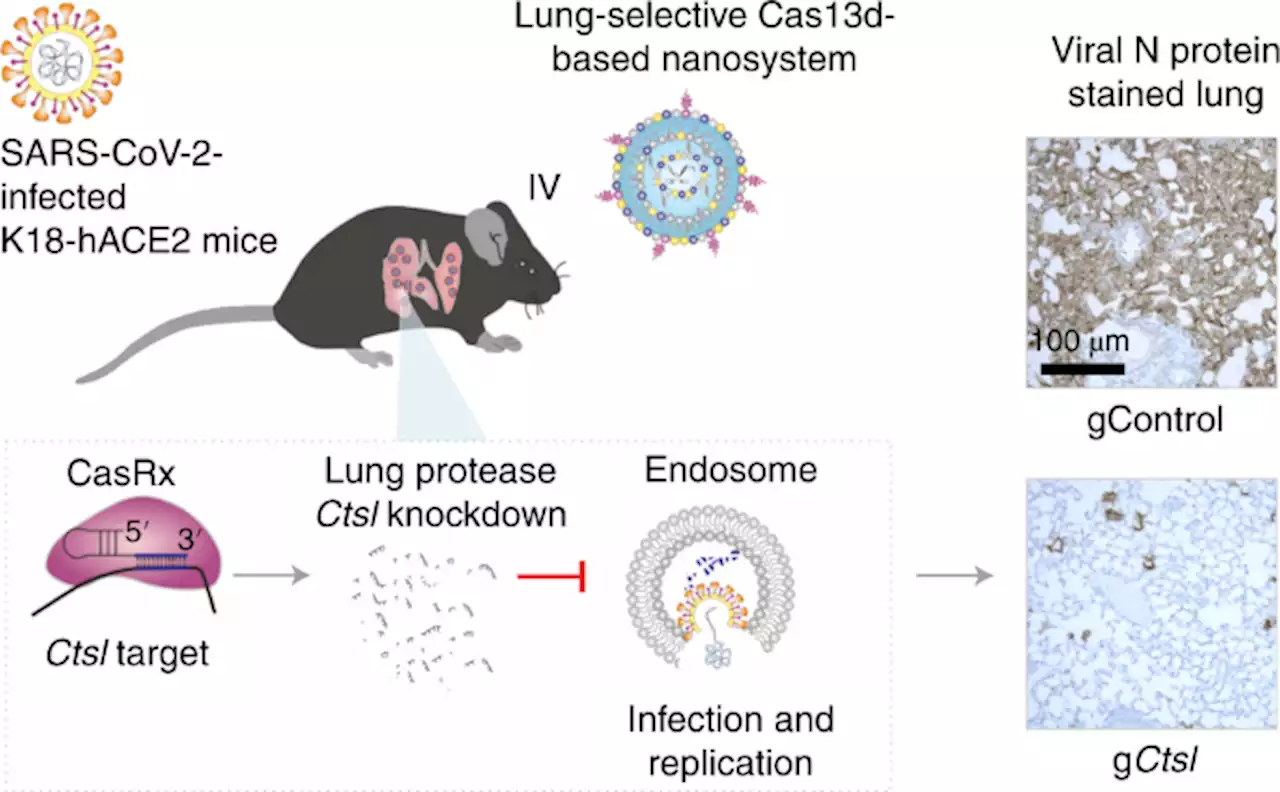 Cas13d knockdown of lung protease Ctsl prevents and treats SARS-CoV-2 infection - Nature Chemical BiologyUsing a Cas13d-based nanosystem to knockdown lung protease cathepsin L, Cui et al. demonstrated that CRISPR–Cas system can be used to prevent and treat SARS-CoV-2 infection by targeting mRNA of host genes.
Cas13d knockdown of lung protease Ctsl prevents and treats SARS-CoV-2 infection - Nature Chemical BiologyUsing a Cas13d-based nanosystem to knockdown lung protease cathepsin L, Cui et al. demonstrated that CRISPR–Cas system can be used to prevent and treat SARS-CoV-2 infection by targeting mRNA of host genes.
Read more »
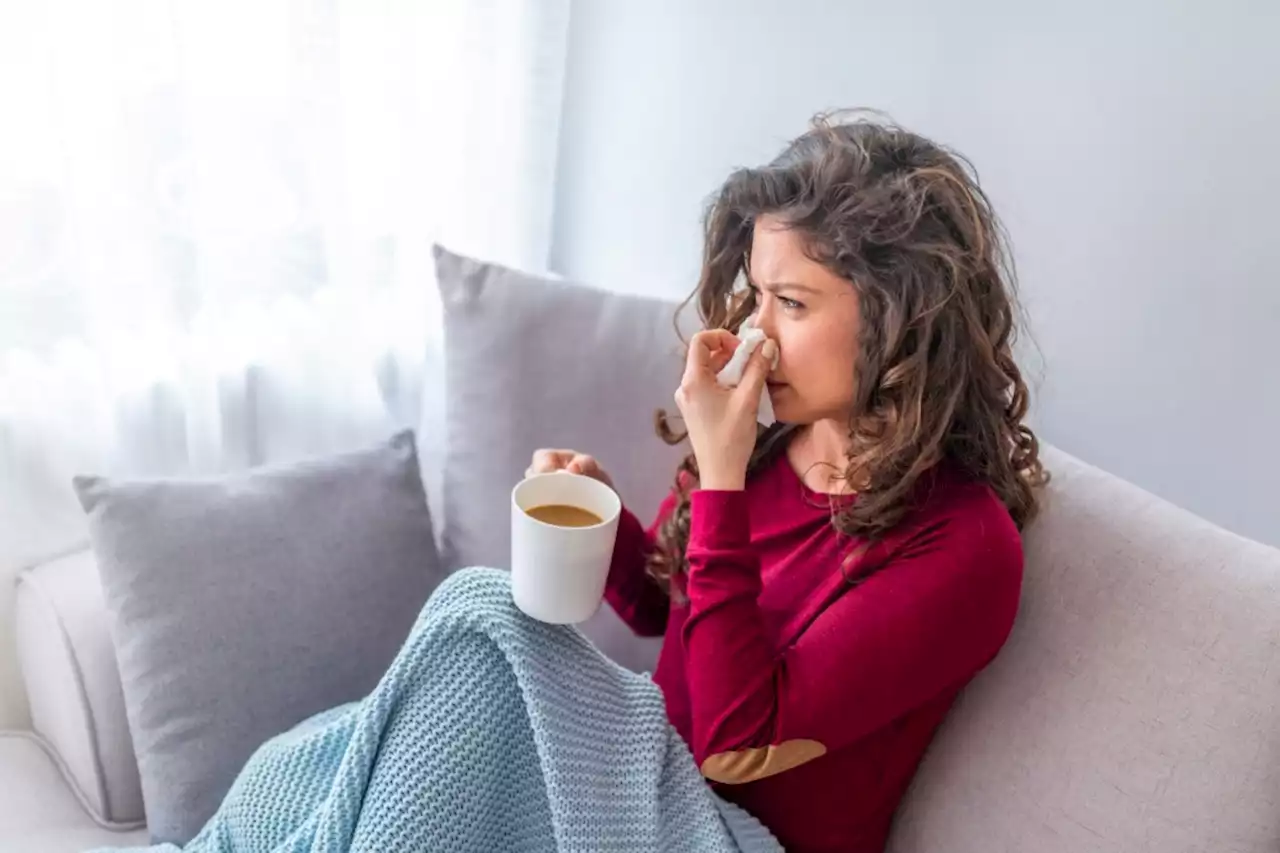 Scientists explore immune memory of common cold coronaviruses before the SARS-CoV-2 pandemic eraScientists explore immune memory of common cold coronaviruses before the SARS-CoV-2 pandemic era ljiresearch CommonCold ColdVirus SARSCoV2 COVID19 Pandemic ImmuneMemory
Scientists explore immune memory of common cold coronaviruses before the SARS-CoV-2 pandemic eraScientists explore immune memory of common cold coronaviruses before the SARS-CoV-2 pandemic era ljiresearch CommonCold ColdVirus SARSCoV2 COVID19 Pandemic ImmuneMemory
Read more »
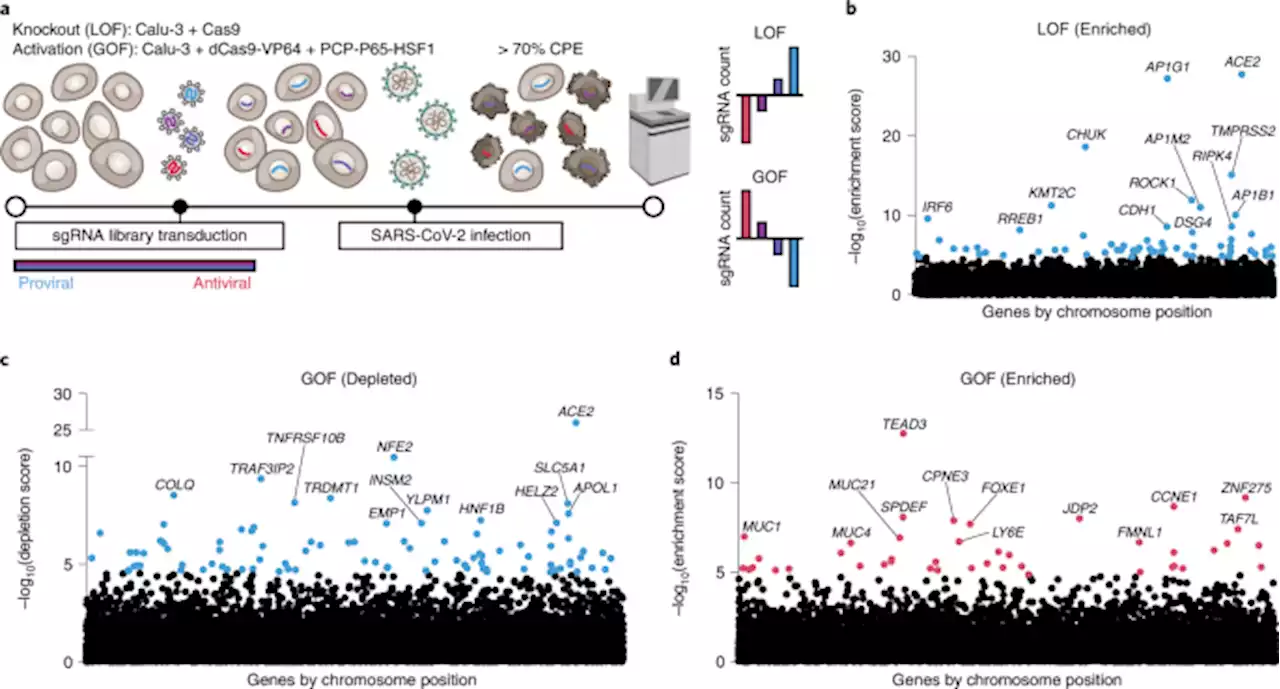 Genome-wide bidirectional CRISPR screens identify mucins as host factors modulating SARS-CoV-2 infection - Nature GeneticsGenome-wide CRISPR knockout and activation screens in human lung epithelial cells with endogenous expression of the SARS-CoV-2 entry factors ACE2 and TMPRSS2 identify mucins as key host factors restricting viral infection.
Genome-wide bidirectional CRISPR screens identify mucins as host factors modulating SARS-CoV-2 infection - Nature GeneticsGenome-wide CRISPR knockout and activation screens in human lung epithelial cells with endogenous expression of the SARS-CoV-2 entry factors ACE2 and TMPRSS2 identify mucins as key host factors restricting viral infection.
Read more »
